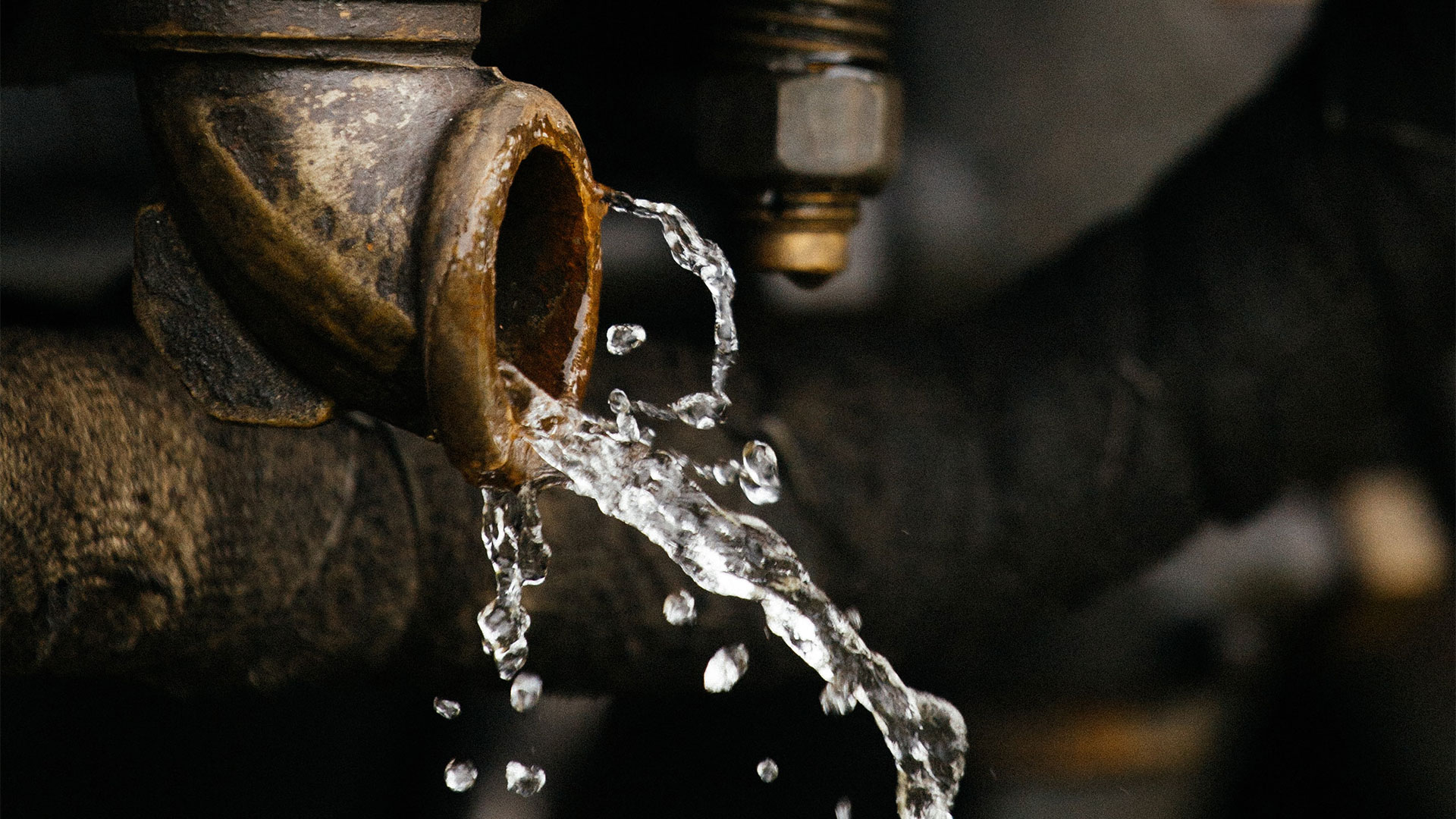Are you concerned that you may have a concealed water leak at your home? Maybe you’ve received a high water consumption notice from your council or water provider?
Does your water meter spin when no water's in use?
It’s worthwhile to check your water meter over a period of time. We recommend performing a water meter observation check over 30 minutes. Before you start you need to check a few things to get an accurate reading.
Take a photo of your water meter and the dials and log your time. After 30 minutes, take another photo and compare. If there’s been a change in the meter reading, there’s a water leak.
Have you checked all your taps, toilets, and fixtures?
Sometimes a leak from a toilet bowl, for example, can go unnoticed as the clear water runs down the back of the bowl. Without close inspection it can be hard to notice if there’s a leak.
- Check all internal and external taps for leaks or drips.
- Check toilets for leaks, hissing, or water running into the back of the bowl.
- Check all other water fixtures and appliances for any leaks from fittings or parts (eg. hot water systems).
If you have a leaking tap or fixture, this will need to be fixed or isolated before we can perform leak detection works.
Have you used more water over the last three months/billing period?
Sometimes a spike in water consumption can be from filling pools or spas, running heavy irrigation, or other prolonged periods of water consumption — even having visitors or hosting a party can increase your average water bill.
- 1,000 litres = 1kL (kilolitre)
- Average cost of 1kL = $4.50, but depends on council area
- 1hr average water consumption on a hose tap = 1,080L = 1.08 kL
If there are no leaks detected, it’s likely that you’ve used an abnormal amount of water during that billing period and your council has just notified you of the increase.
Does your property have an irrigation system or pool with an automatic top up feature?
It’s worth checking if your property has an automatic sprinkler system or pool top up system. If this is the case, check the systems by turning them off first then conducting a water meter observation test, as described above.
Have you noticed an abnormally wet patch?
Sometimes the telltale signs of a water leak will show themselves, like if water ponds in a particular location without any rain. Some things to check for through your property include:
- Abnormal wet patches at the base of a retaining wall or the lower part of a property.
- Wet or really green patch of grass
- Muddy or damp ground
- Moss growing around brickwork or on concrete
- Humming or running water noise through a tap or other part of the house
All of the above may be indicators of a concealed water leak on your property that will require a licensed and professional plumber or leak detection specialist to attend and locate and repair.
 07 3287 1553
07 3287 1553  admin@pasfieldplumbing.com.au
admin@pasfieldplumbing.com.au 
